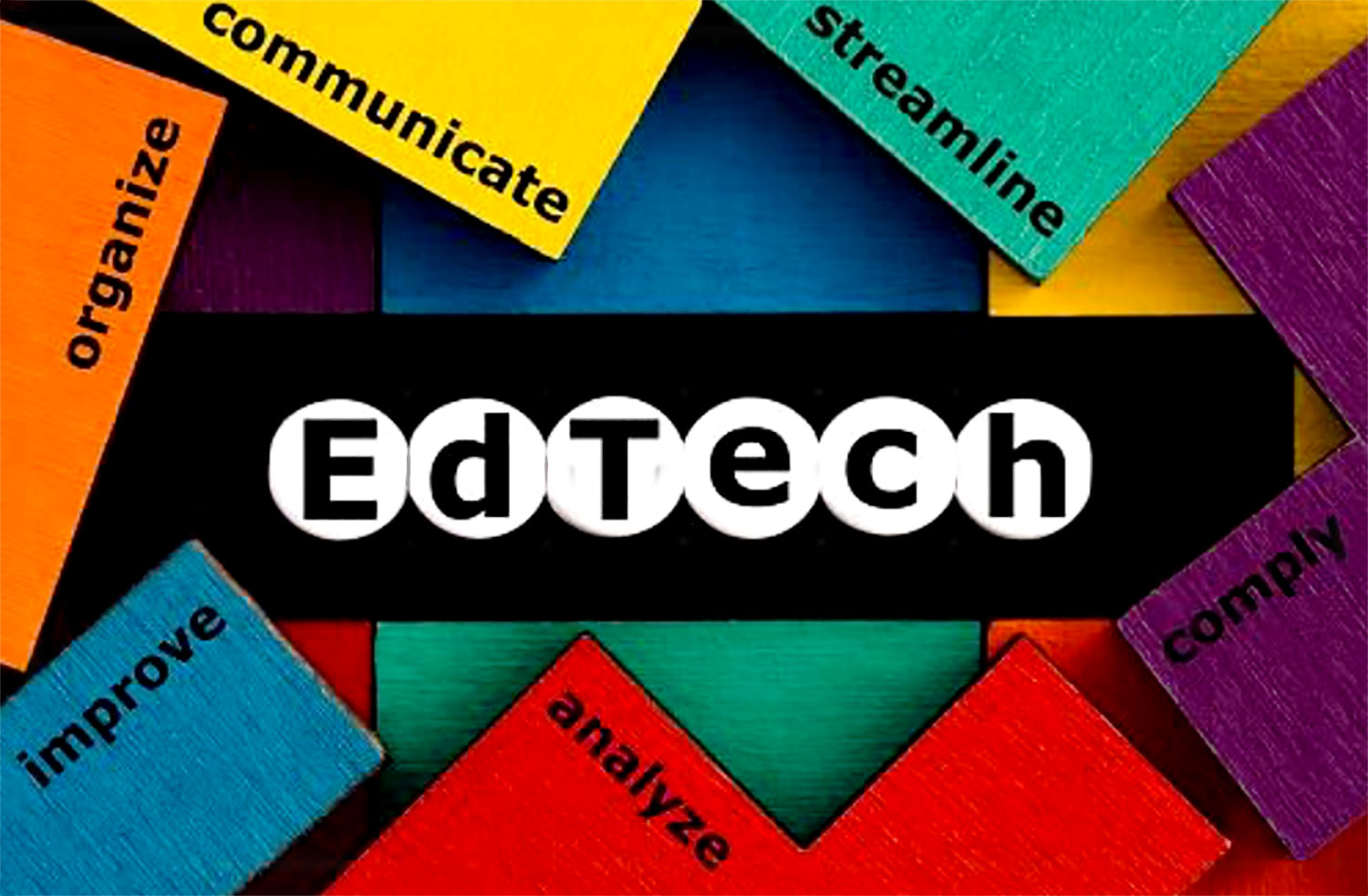
But how should school leaders frame their evaluation of the various EdTech resources currently used by teachers across their school system? Throughout my more than 20 years in public education and my experience in the EdTech world, most recently in my current role as vice president of partner success at Discovery Education, I have found that answering the following five questions is an important starting point toward ensuring your school system is deriving maximum value from EdTech investments.
A quality EdTech resource is one that provides efficiencies for teachers when it comes to finding, accessing, and organizing trusted and standards-aligned content for their students. Teachers benefit from digital resources that provide organized and highly engaging content that allows them to focus on the learning needs of their students and the strategies they will implement versus searching for, vetting, and organizing content.
It is also important that these trusted sources of digital content can integrate with other management systems that are used daily by teachers. Integrations lead to deeper and more frequent use of the content and make it easier for the educator.
It is important that you select or continue partnerships with EdTech providers that are supportive of your strategic goals and can deliver on the resources you need to meet those goals. Look closely at resources that include highly engaging and relevant content that also allow students to create and have some level of choice in the learning process. Ensure that you are clearly articulating to your EdTech partners your strategic plan goals and have them explain to you how they can collaborate with you in your efforts to reach those important goals.

In my experience, this is a loaded question, given teachers often have access to a myriad of tools with redundancies. District leaders often want to go straight to the usage data of the given resource. While that can be an initial starting point, a sole source of data simply does not tell the complete story. That single point of data also cannot show the intricacies of complicated teaching and learning environments, like those experienced during the COVID-era where implementations were challenging, to say the least.
To get a clearer answer to this question, it is important to understand fully the purpose of a given resource. For example, a content provider is building content to equip teachers with access to high-quality content versus an intervention product that is promising to improve academic performance. Deciding if an EdTech content provider improved student academic outcome is a lot like trying to evaluate if a textbook improved academic outcome.
There are ways to triangulate other sources of important data to get a clearer picture. It is important that you work with your EdTech providers to help you identify “power users” of the resource so that you can compare their usage data with other sources of data such as attendance, academic achievement, and sometimes, teacher satisfaction. In short, look for an EdTech provider that provides data in a way that paints a full picture.

The feedback that comes from students, teachers, and school administrators is critical to collect for a variety of reasons. First and foremost, those individuals are closest to the work and closest to the implementation and effectiveness of an EdTech tool. Each of those groups is equally qualified in their own way to provide feedback on what they like, what they dislike, what worked, and what presented challenges. Soliciting and collecting all this feedback is difficult, requires thoughtful practice, and equitable standardized systems. Doing so, though, can pay huge dividends in evaluating data for ROI.
Ask yourself: Is my EdTech provider soliciting the school system’s collected feedback? If they are, what are they doing with it? One of the great promises of EdTech is that in a more digital world, our tools and resources would be more quickly adaptable to user feedback. Make sure your EdTech providers are listening to your feedback and planning to incorporate it into their services.

In its purest form, a partnership is when two groups collaborate to advance mutual goals and interests. As you evaluate the different EdTech providers you have an agreement with, evaluate which of those has been a true partner during this challenging time. Some questions you might want to ask include:
Have they been a strategic thought partner for you in helping solve troublesome problems?
Have they listened to product feedback and made adjustments, when they can, to meet your needs?
Have they been flexible with the delivery of professional development and provided various options to meet the needs of your teachers, administrators, and support staff?
Do they regularly review usage data with you and make suggestions on how to more effectively drive implementation that will lead to YOUR desired outcomes?
These are all critical questions to consider and are all questions that I asked my teams to consider when I was a school district administrator.
In short, navigating the EdTech world while ensuring the ROI of your EdTech investment in the post-COVID-19 requires a new perspective and a new set of guiding questions. Using the above, I believe any district is prepared to assess how they are getting the most out of their EdTech purchases.

About the author
In the Mooresville Graded School District, Dr. Wirt served as both the executive director of secondary education and as principal. He supported the district’s digital transition, in both roles, playing a critical role in cementing Mooresville’s leadership position in digital teaching and learning. Dr. Wirt was named the North Carolina Outstanding Young Educator in 2016, by the North Carolina Association for Supervision and Curriculum Development, and in 2010, was named the NASSP North Carolina High School Principal of the Year.
Dr. Wirt’s unique background blends experience in both the business world and North Carolina’s public school system. Prior to joining Discovery Education, he served as regional vice president of assessment sales at the East Coast for Instructure, and as vice president of professional development for Certica Solutions. Before those most recent roles, Dr. Wirt built teaching cultures, developed leaders, and improved student achievement for over 20 years across North Carolina.
A lifelong learner passionate about preparing all students for success beyond graduation, Dr. Wirt supports Discovery Education partners nationwide as they build dynamic digital learning environments connected to today’s world.